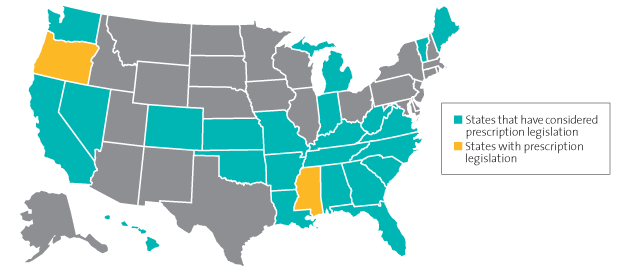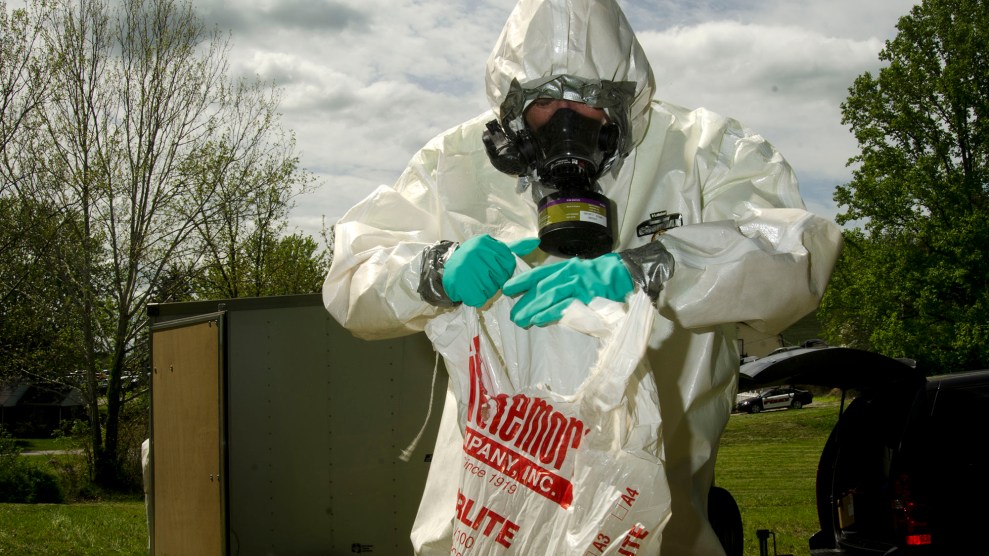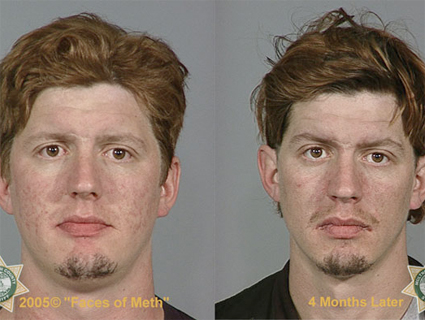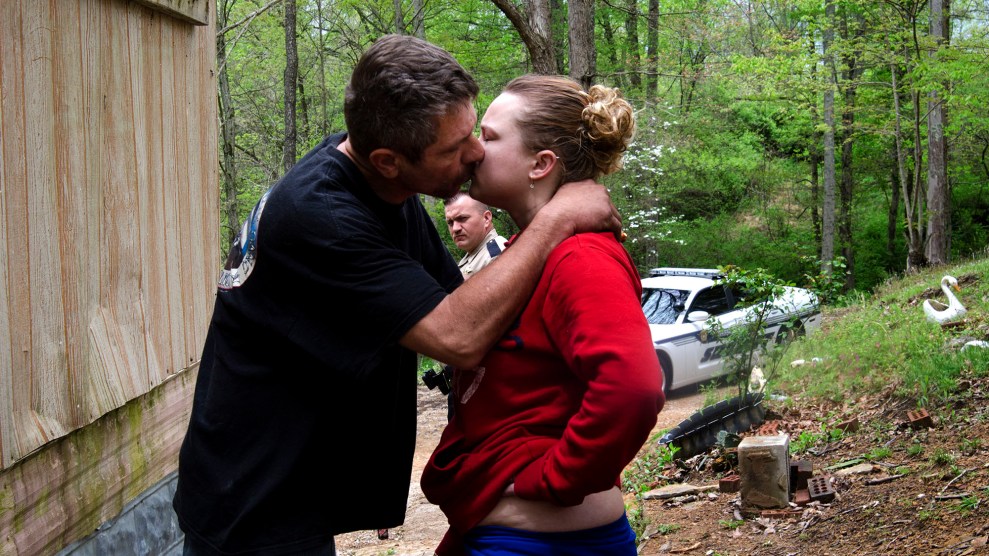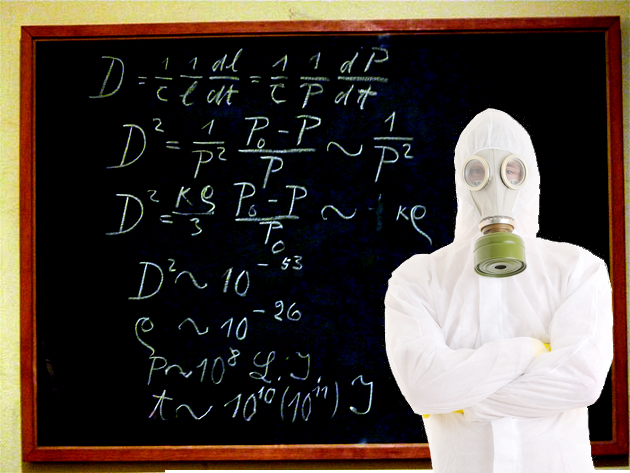
Chalkboard: <a href="http://commons.wikimedia.org/wiki/File:Einstein_blackboard.jpg">decltype</a>/Wikimedia Commons; Man is mask: Shutterstock
NATIONWIDE
$23.4 billion
Estimated cost of meth epidemic, from child protection to law enforcement
$32 million
Cost of injury and death from meth labs
$29 million
Cost of environmental cleanup of meth labs
21,000
Estimated number of children affected by meth labs, 2002-11
4,154
Incarcerations for murder/manslaughter in state prisons attributable to meth
10.6%
Portion of car theft offenses attributable to meth
$605 million
Estimated value of pseudoephedrine sales
25
States that have considered prescription legislation
2
States that have passed it
OREGON
96%
Decline in meth lab incidents after prescription legislation took effect in 2006
0
Children removed from houses with active meth labs since law took effect
$580,000
Cost of meth lab cleanup, 2005
$43,000
Cost of meth lab cleanup, 2011
MISSISSIPPI
99.5%
Drop in pseudoephedrine sold after prescription law went into effect in 2010
74%
Decline in meth lab incidents
81%
Decline in drug-endangered children
$600,000
Drop in spending on meth lab cleanup costs
KENTUCKY
$30 million
Cost of meth labs to the state (including incarceration), 2009
34,496
Number of police hours spent on lab cleanup, 2010
73%
Increase in labs, 2008-09
115%
Increase in crimes associated with meth, 2008-09
25%
Share of hospital burn patients who were injured in meth labs
$229,000
Average hospital cost for meth lab burn victims
$75,000
Average for other burn patients
20%
Death rate among meth lab burn victims
13%
Rate among other burn victims
0-4
Most frequent ages of meth lab victims, 2010
